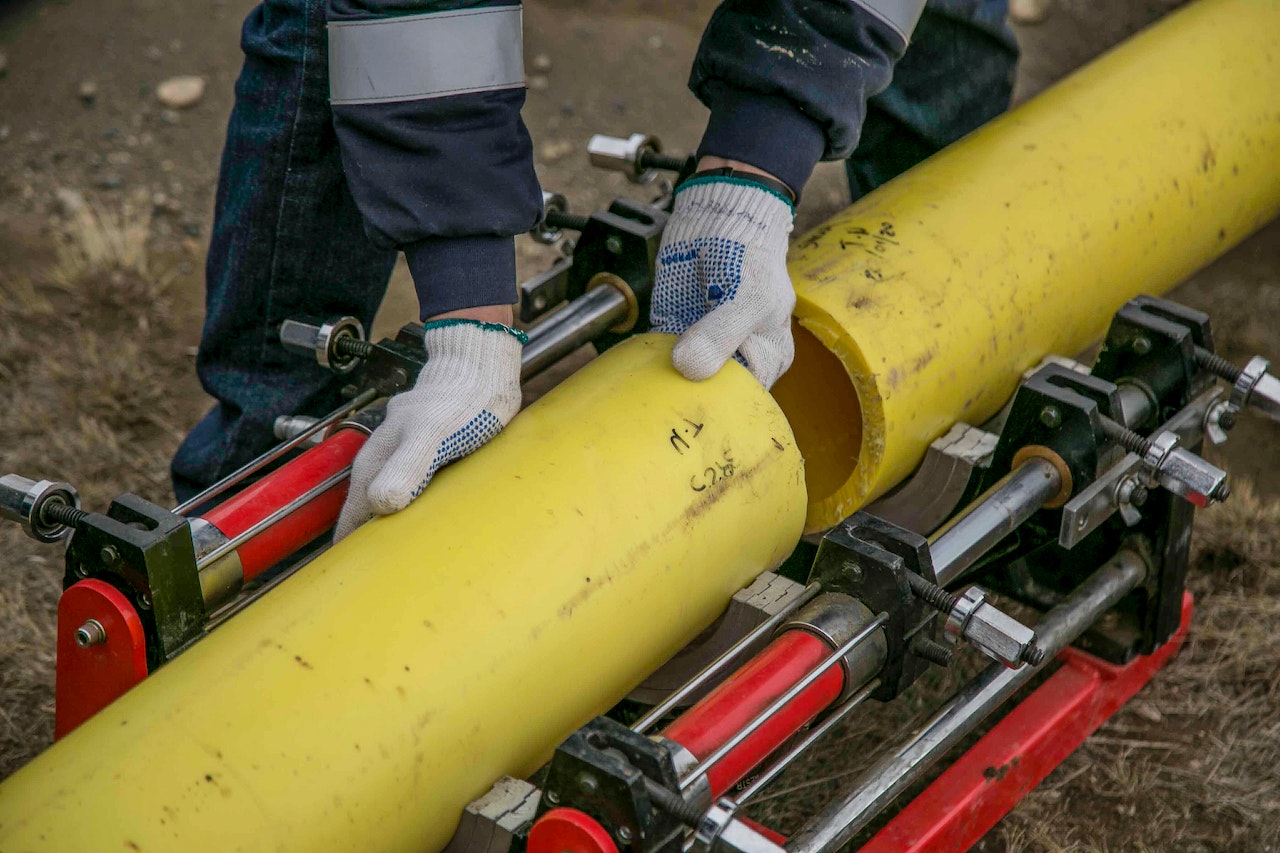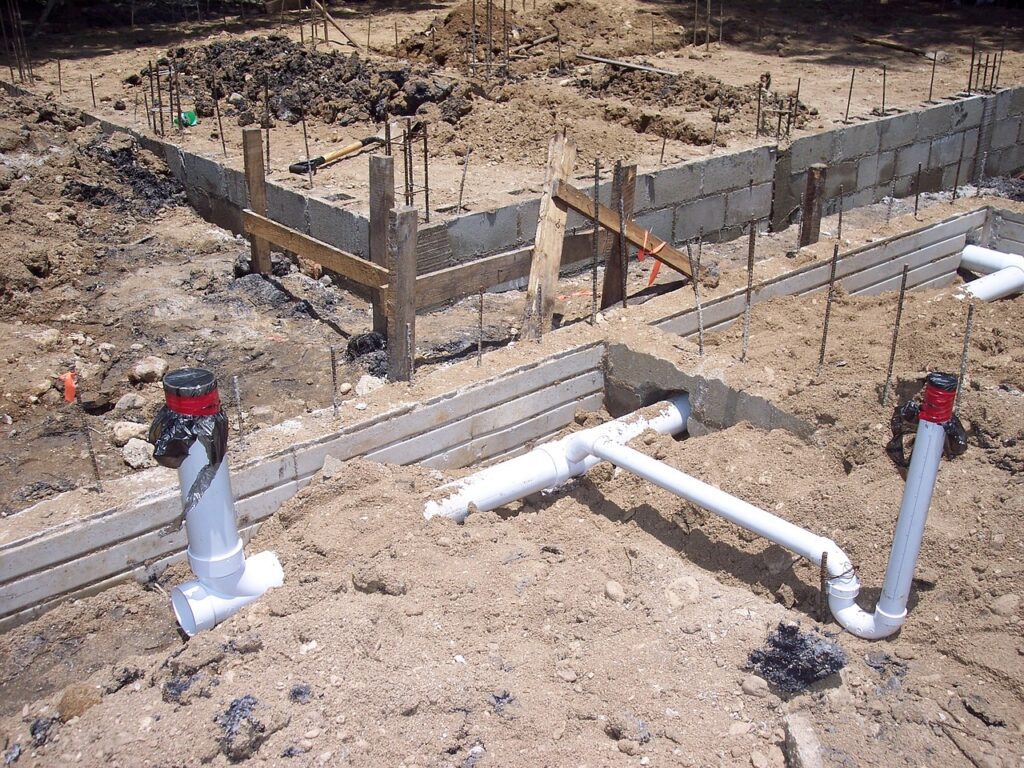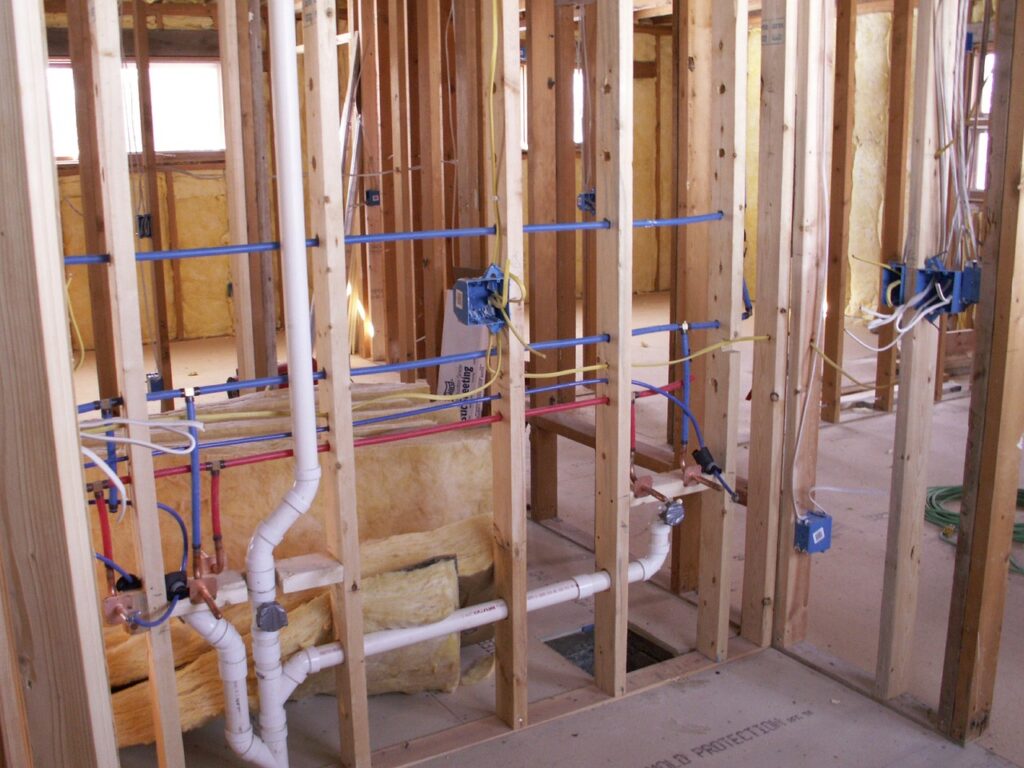In a commercial facility, effective drainage isn’t just a matter of convenience – it’s a make-or-break factor influencing safety, sanitation, operations and costs. For retail, offices, hospitality and institutional properties, inadequate drainage fosters flooding, contamination and expensive repairs.
Property managers must prioritize drainage strategies and proactive maintenance to avoid these pitfalls. Here’s an overview of drainage functionality in commercial settings and how to optimize systems.
Drainage Protects Property
Drainage is the system carrying wastewater and sewage out of a building. Well-designed drainage is crucial because of it:
- Prevents overflow flooding that damages interior finishes and inventory.
- Minimizes mould risks by evacuating water.
- Maintains critical access to bathrooms and workspaces.
- Avert sewer backups spreading into occupied areas.
- Allows convenient use of plumbing fixtures and equipment.
- Eliminates standing water slip hazards.
Property damage or uninhabitable conditions arise quickly without functional drainage removing water.
Drainage Maintains Sanitation
In commercial spaces, drainage also plays a huge role in sanitation and health. Effective drainage:
- Flushes away germ-laden sewage and wastewater.
- Keeps bathroom facilities operational for hand washing needs.
- Removes contaminated runoff from parking lots and storm drains.
- Ensures grease traps filter cooking waste before entering sewers.
- Allows janitorial cleaning processes requiring wastewater disposal.
Backups, leaks or overflowing fixtures create unsanitary environments, it is imperative for cleanliness.
Drainage Aids Operations
For certain business types, efficient drainage is directly tied to smooth operations. For example:
Kitchens – Require copious drainage capacity to keep pace with high-volume dishwashing and sink use. Slow drains reduce output.
Hospitals – Depend on clinical sinks functioning fully to maintain rapid patient care. Clogs are unacceptable.
Industrial – Adequate floor and equipment drains prevent spills from impeding manufacturing workflows.
Convention Centers – High attendance events mandate huge drainage capacity supporting bathrooms and food service.
Adequate drainage design means properties can focus on core operations rather than plumbing bottlenecks.
Consequences of Poor Drainage
Neglecting drainage needs in a commercial property leads to both immediate and long-term consequences:
Plumbing Shutdowns – Clogged drains bring plumbing to a standstill. Without functioning sinks or toilets, properties can’t support occupants and must close.
Costly Flood Damage – Drain backups and sewer overflows create a soggy, contaminated mess requiring extensive restoration. Mould remediation alone can cost tens of thousands.
Slips and Falls – Standing water from clogged drains creates slippery conditions resulting in liability claims.
Foul Odors and illness – Unhygienic buildup in stagnant drains harbours bacteria and creates nauseating smells.
Rodents & Pests – Backups attract insects and vermin spreading disease.
Inefficient Operations – Slow drainage impedes workflows and ties up staff unclogging drains rather than working.
Both building users and managers pay the price for deficient drainage.
Drainage System Setup
Well-planned drainage for each commercial property is customized based on:
- Occupancy – More occupants equals greater sewage volumes. Public assembly buildings need heavy drainage.
- Water Usage – Properties like restaurants and laundromats using more water need bigger drains.
- Waste Production – Grease, chemicals and solids dictate required pre-treatment before sewer discharge.
- Municipal Sewer Capacity – Local infrastructure must handle increased loads from large properties.
Insufficient drainage spawns headaches. Oversized drainage wastes money. The ideal system balances drainage needs with sewer capabilities.
Key Drain Components
Commercial drainage functions thanks to:
- Main Drain Lines – Large buried pipes remove high sewage volumes from the building to municipal connections. Proper slope facilitates gravity flow.
- Fixture Drains – Smaller drain lines from individual sinks, toilets and other fixtures feed into main drains.
- Traps – Curved sections of pipe underneath fixtures hold water to block sewer gas odour from entering occupied areas.
- Vents – Vertical vent stacks release sewer gases outside while maintaining proper air pressure for drainage flow.
- Cleanouts – Strategically placed removable caps allow rodding access to clear blockages.
- Grease Interceptors – Fixtures like kitchen sinks route through grease traps to capture oils before entering main drains.
Routine Drainage Maintenance
Daily usage inevitably causes a buildup of solid waste, biomatter like hair and grease, and mineral deposits forming blockages. That’s why drainage needs regular maintenance:
- Drain Rodding – Snaking mechanically scrapes and clears interior drain walls.
- Hydro Jetting – High-pressure water blasts clear stubborn obstructions.
- Camera Inspection – Scopes examine drain conditions to target cleaning.
- Enzyme Dosing – Bacterial enzymes digest grease and organic waste.
- Trenching – Exposing and clearing buried exterior drainage lines.
Just like changing a car’s oil, an ounce of prevention avoids bigger breakdowns. Don’t wait until major clogs strike.
Prioritizing Drainage Duties
In commercial real estate, properly functioning drainage isn’t an optional extra – it’s an imperative facility requirement. Insufficient drainage jeopardizes safety, health and business operations. By designing robust drainage capacity and implementing ongoing maintenance, facility managers protect their properties. Don’t overlook this critical utility.



